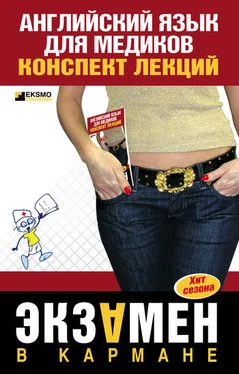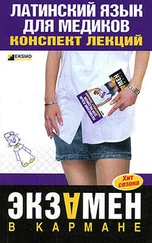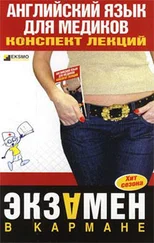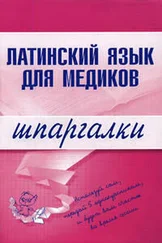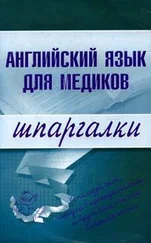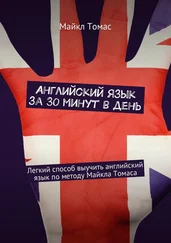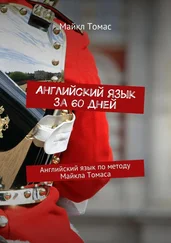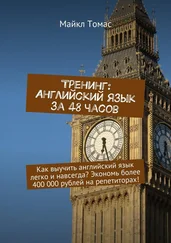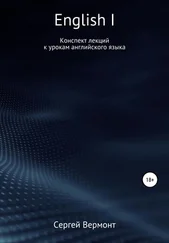New words
skeletal – скелетный
mesoderm – мезодерма
neural – нервный
crest – гребень
cartilage – хрящ
fibroblasts – фибробласты
chondroblasts – хондробласты
osteoblasts – остеобласты
paraxial – параксиальный
which – который
may – мочь, может
flat – плоский
bone – кость
to provide – снабжать
protection – защита
long – длинный
Запомните следующее застывшее словосочетание.
In front
Запомните следующие конструкции, требующие неопределенного артикля.
I have a…
Не has a…
I see a…
I am a…
He is a.
She is a.
This is a.
That is a.
It is a…
There is a.
Вставьте артикль, где необходимо.
1. We have… big dog… dog is very clever.
2. My friend has… very good computer.
3. This… boy is big. He is… student.
4. There is… very big piano in. hall.
5. This is. tree and that is not… tree. It's. bush.
6. I am… boy. I am… pupil. I learn at… school.
7. My sister is at… work. She is… secretary. She works at… large office.
8. This is… very difficult question. I don't know. answer to it.
9. Do you see… little girl with… big ball in her… hands? She is… pupil of our… school.
10. There was… beautiful flower in this… vase yesterday. Where is … flower now?
Answer the questions.
1. Where the components of the skeletal system are derived from?
2. What do mesenchymal cells differentiate into?
3. What produces connective tissue, cartilage, and bone tissue?
4. What does the splanch nic mesoderm give rise?
5. What does the integument consist of?
6. What is the skeletal system developed from?
7. How many portions is neurocranium divided into?
8. What does the membranous neurocranium consist of?
9. Where does viscerocranium arise primarily?
10. During what week do sclerotome cells migrate?
Make the sentences of your own using the new words (10 sentences).
Find the definite and indefinite articles in the text.
Find one word, which is a little bit different in meaning from others (найдите одно слово, которое немного отличается от других по смыслу):
1) a) bone; b) pen; c) skeletal;
2) a) strong; b)weak; c) powerful;
3) a) water; b)rain; c)steam;
4) a) wind; b) storm; c) easy;
5) a) hot; b)sun; c) winter.
ЛЕКЦИЯ № 8. Muskular system
Skeletal (voluntary) system.
The dermomyotome further differentiates into the myotome and the dermatome.
Cells of the myotome migrate ventrally to surround the intraembry-onic coelom and the somatic mesoderm of the ventrolateral body wall. These myoblasts elongate, become spindle-shaped, and fuse to form multinucleated muscle fibers.
Myofibrils appear in the cytoplasm, and, by the third month, cross-striations appear. Individual muscle fibers increase in diameter as myofibrils multiply and become arranged in groups surrounded by mesenchyme.
Individual muscles form, as well as tendons that connect muscle to bone.
Trunk musculature: By the end of the fifth week, body-wall musculature divides into a dorsal epimere, supplied by the dorsal primary ramus of the spinal nerve, and a ventral hypomere, supplied by the ventral primary ramus.
Epimere muscles form the extensor muscles of the vertebral column, and hypomere muscles give rise to lateral and ven tral flexor musculature.
The hypomere splits into three layers. In the thorax, the three layers form the external costal, internal intercostal, and transverse thoracic muscle.
In the abdomen, the three layers form the external oblique, internal oblique, and transverse abdomii muscles. Head musculature.
The extrinsic and intrinsic muscles of the tongue are thought to be derived from occipital myotomes that migrate forward.
The extrinsic muscles of the eye may derive from preoptic myoto-mes that originally surround the prochordal plate.
The muscles of mastication, facial expression, the pharynx, and the larynx are derived from different pharyngeal arches and maintain their innervation by the nerve of the arch of origin.
Limb musculature originates in the seventh week from soma meso-derm that migrates into the limb bud. With time, the limb musculature splits into ventral flexor and dorsal extern groups.
The limb is innervated by spinal nerves, which penetrate the limb bud mesodermal condensations. Segmental branches of the spinal nerves fuse to form large dorsal a ventral nerves.
The cutaneous innervation of the limbs is also derived from spinal nerves and reflects the level at which the limbs arise.
Smooth muscle: the smooth muscle coats of the gut, trachtea, bronchi, and blood vessels of the associated mesenteries are derived from splanchnic mesoderm surrounding the gastrointestinal tract. Vessels elsewhere in the body obtain their coat from local mesenchyme.
Cardiac muscle, like smooth muscle, is derived from splanchnic mesoderm.
New words
migrate – мигрировать
ventral – брюшной
to surround – окружать
somatic – соматический
cytoplasm – цитоплазма
spindle-shaped – веретенообразный
to fuse – плавить
cross-striations – поперечные бороздчатости
to appear – появляться
extensor – разгибающая мышца
dorsal – спинной
primary – первичный
ramus – ветвь
split – раскол
extrinsic – внешний
intrinsic – внутренний
vertebral – позвоночный
arche – дуга
abdomen – живот
facial – лицевой
expression – выражение
to penetrate – проникать
segmental – сегментальный
branch – ветвь
Запомните следующие застывшие словосочетания.
In the middle
In the corner
To the right
To the left
Вставьте артикль, где необходимо.
1. There is… thick red… carpet in my… room… carpet is on… floor in… front of… sofa
2. Where is… table? – His… table is near… window.
3. I can see… fine… vase on… shelf. Is it your… vase?
4. We have no… piano in our… living-room.
5. My… uncle is… married. He has… beautiful wife. They have… son, but they have no… daughter.
6. I can see… nice… coffee-table in… middle of… room to… right of… door. It is. black and. red. I like… coffee-table.
7. Our… TV-set is on… little… table in… corner of… room.
8. There is… beautiful picture in my father's… study… picture is on… wall to… left of… window.
9. My aunt's flat is in. new house.
10. There is… living-room,… bedroom,… study,… bathroom and… kitchen in… flat.
11… bedroom is… large room with… two windows.
12… room is light as… windows are large.
13. There are… white curtains on.windows.
14. There are… two beds with. large pillows on them.
15. There are… small tables near… beds.
Читать дальше
